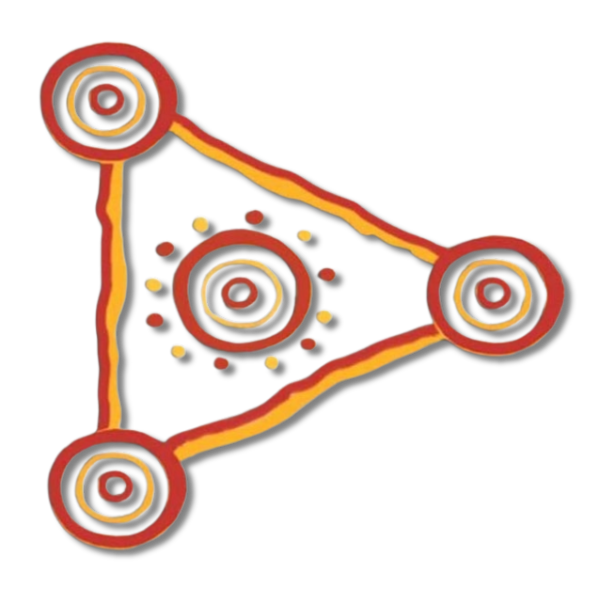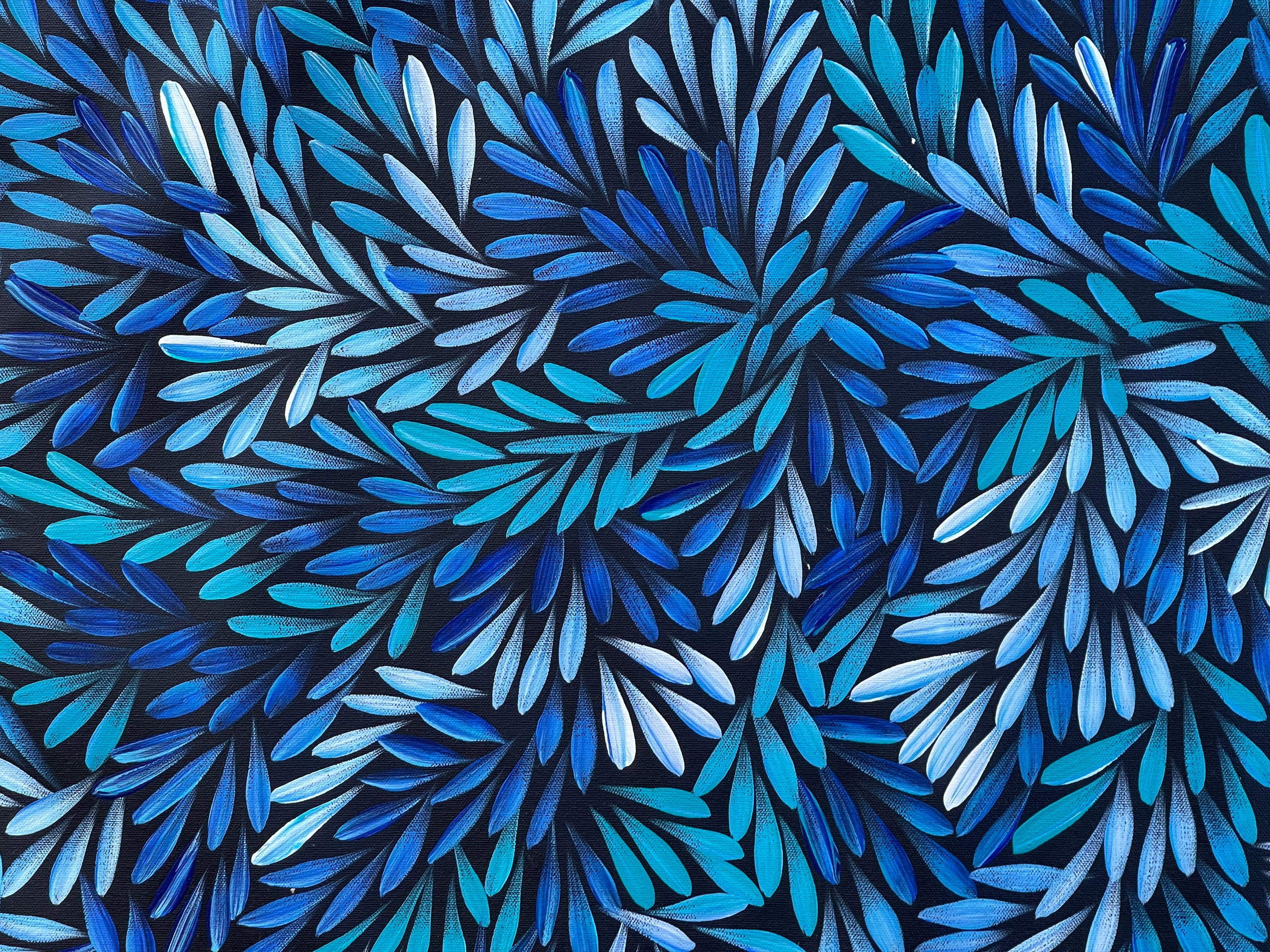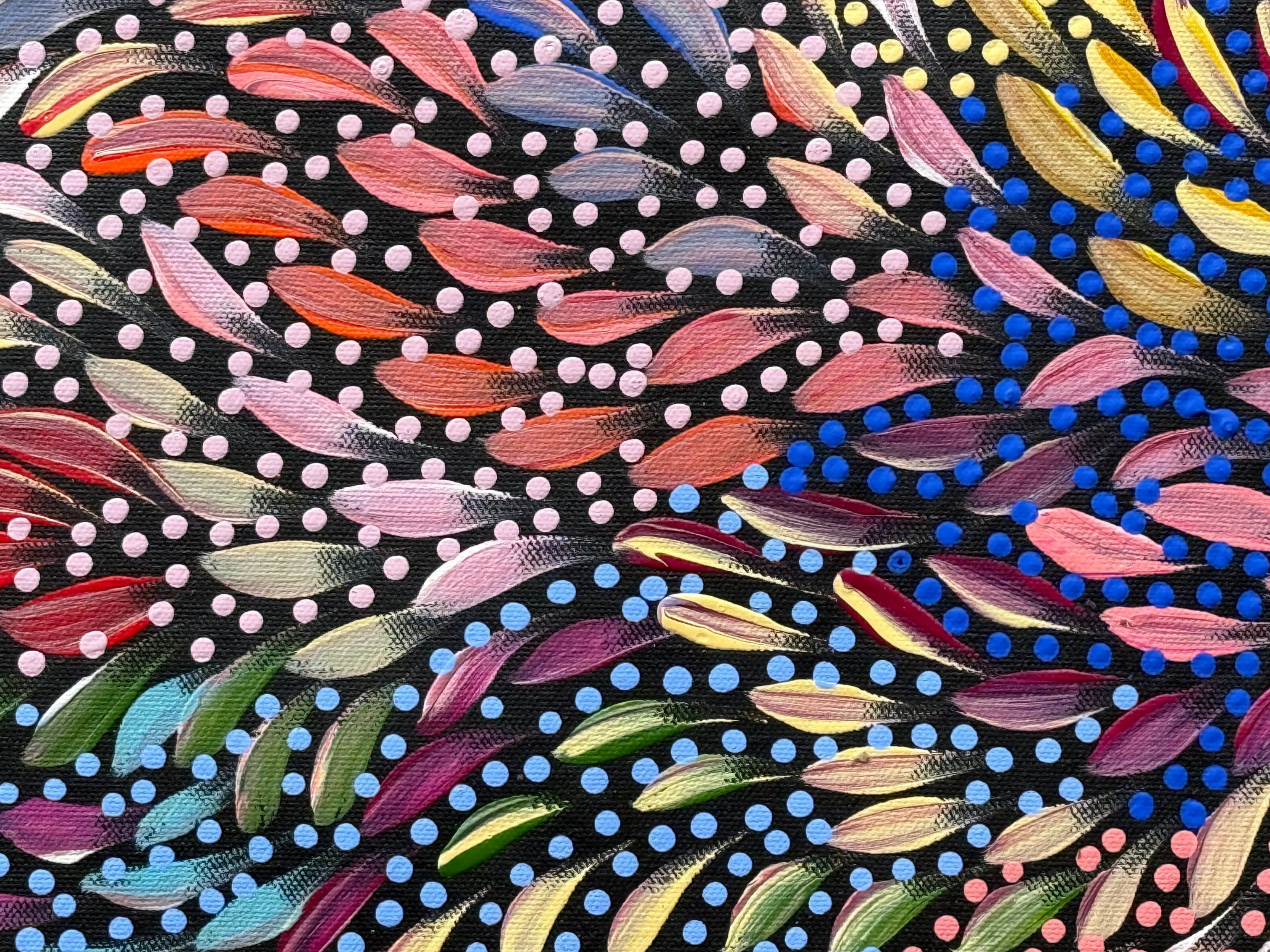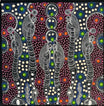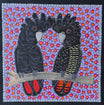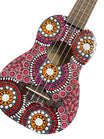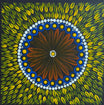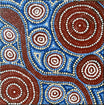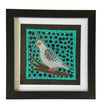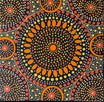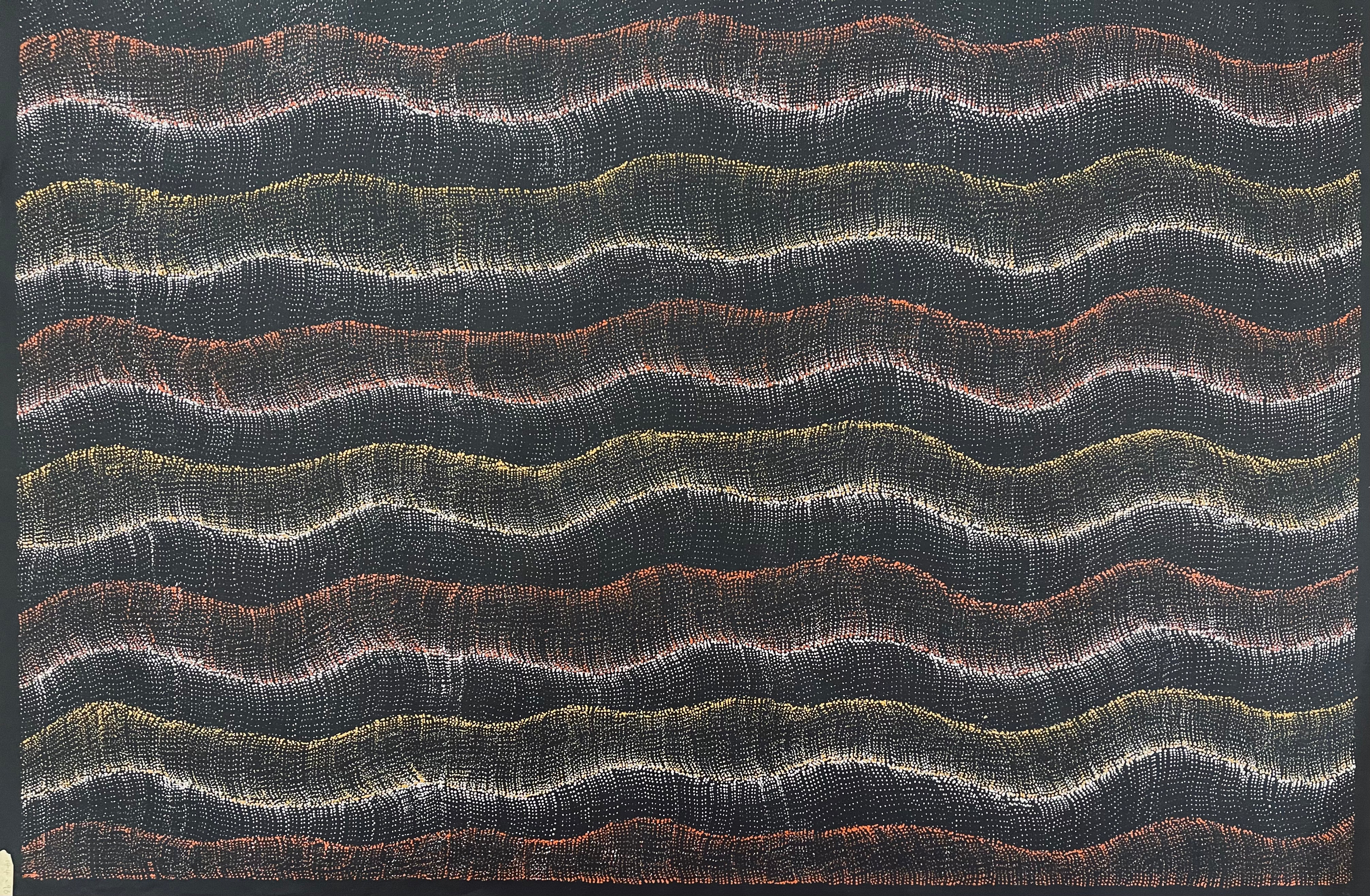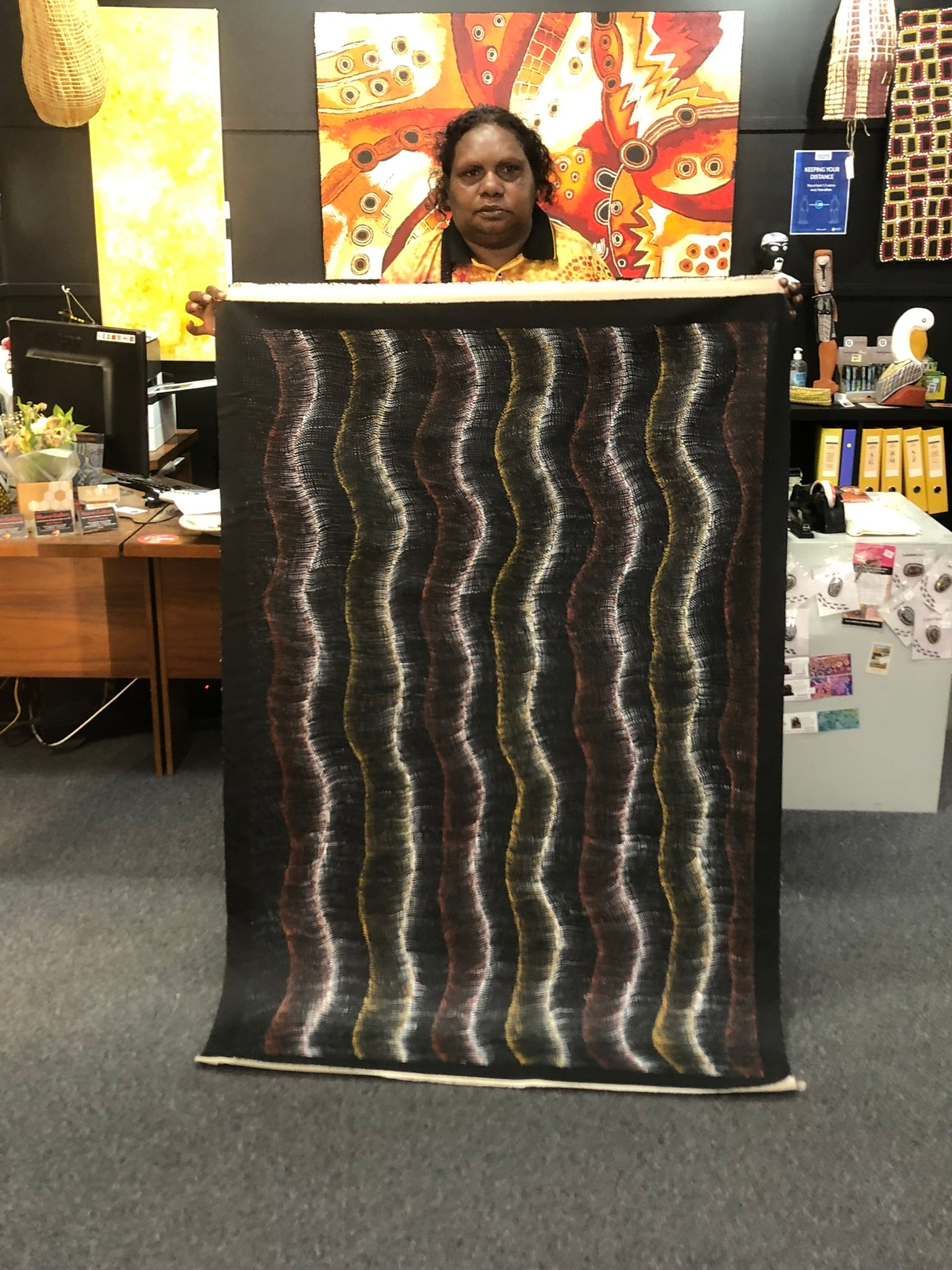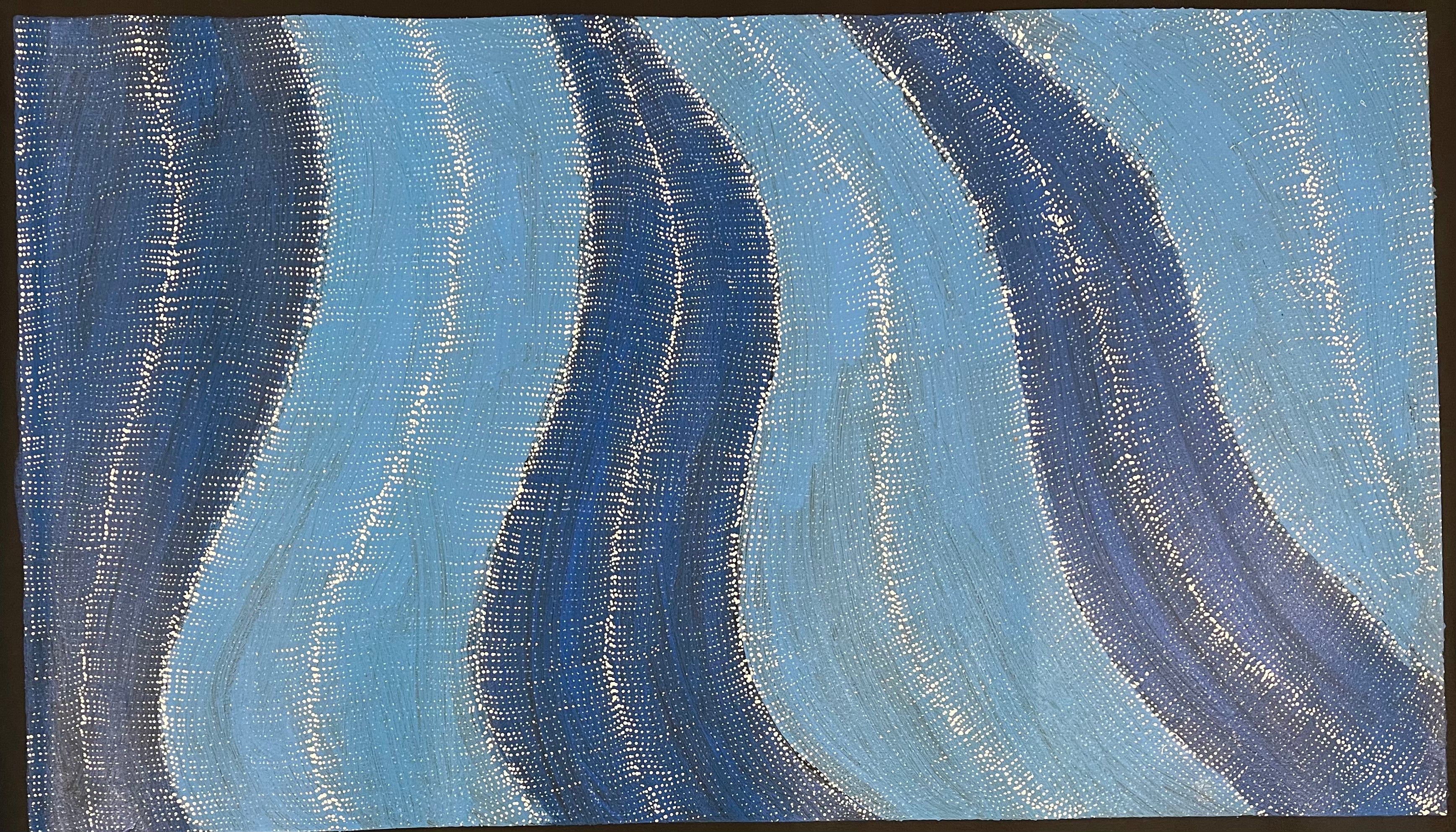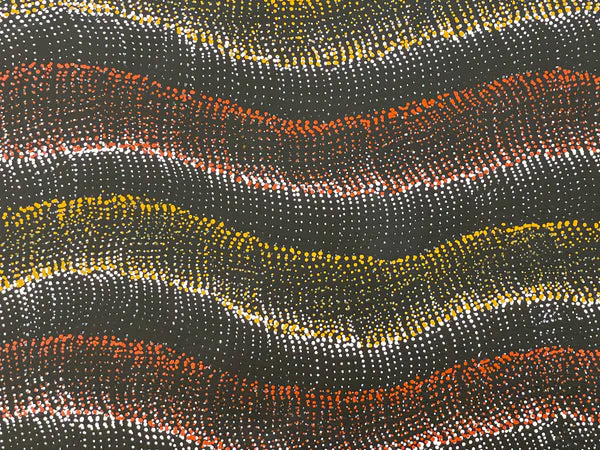
Debbie Napaljarri Brown
Yuendumu
Region
1985
Born
Filters
3 products
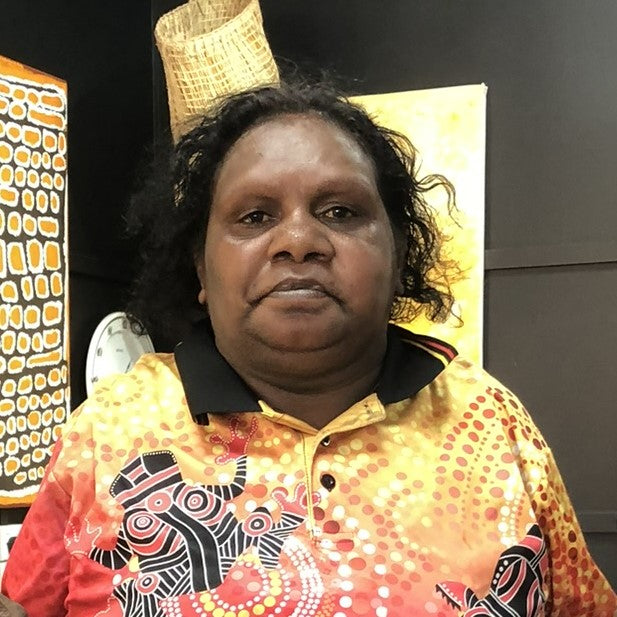
About The Artist
Debbie Napaljarri Brown was born in Nyirripi, a remote Aboriginal community 400 km north-west of Alice Springs in the Northern Territory of Australia. She grew up in Nyirrpi, and did most of her schooling there, although she spent several years boarding at Yirrara College in Alice Springs. Her Grandmother, Margaret Napangardi Brown, also an artist with the art centre, taught her to paint. Her Grandfather is the renowned Pintupi artist Pegleg Tjampitjinpa who was born c.1920 and grew up in the vicinity of Wilkinkarra, living a traditional life. Debbie would watch her grandmother and grandfather paint and listen to her Grandmother’s Jukurrpa or Dreaming stories. In her paintings, Debbie paints her father’s Jukurrpa, Dreamings which relate directly to her land, its features, plants and animals. These stories were passed down to her by her Grandmother and her mother and their parents before them for millennia. The site for this Dreaming is Yumari, a collection of rocks wear of Kintore in the Gibson Desert. Yumari is the site of a forbidden love union between a Japaljarri man and a Nangala woman. The Dreaming was passed down to the artist by a Pintupi man. In contempory Warlpiri paintings traditional iconography is used to represent the Jukurrpa, associated sites and other elements. In this work concentric circles are often used to represent ‘warnirri’ (rockholes).

Ethically Sourced
All of our artwork is ethically sourced and created by Australian artists
Unique Designs
We offer a wide range of Aboriginal Art from paintings to homeware
Customer service
Please use 'Chat with us' if you have any questions
Worldwide shipping
Tel your customers about your payment methods.
